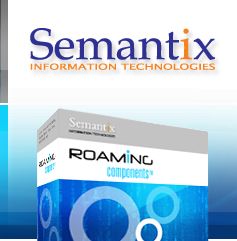







Home  Components Wiring Components Wiring |
OverviewOn its own, each Roaming Component performs its work in the clearest and most efficient manner possible. However, the components were deliberately made to be easy to interwork with. This way the functionality offered by them can be blended together into far more functionality than one usually expects from components. Wired together with a database and some orchestrating scripts, one can really build a "mini-clearing house" just by using our components. Build your infrastructure with the components you need A working scenarioLet's assume that an operator called GR-XYZ has an existing rating/billing system that can create TAP3 files up to release TAP3.9. The system can perform this only for GSM calls - the GPRS calls are handled by another system which generates ASCII output containing the roamers' data. In fact, the largest body of roamers comes from a neighbouring country's provider, IT-XYZ and IT-XYZ expects TAP3.10 files. Currently, GR-XYZ sends its TAP3.9 and GPRS ASCII files to a clearing house and pays an annual fee for the work required to send the data as TAP3.10 to IT-XYZ.Instead of paying fees to a clearing house, the operator could use Roaming Components to handle all roaming work on its own:
Putting components togetherDepending on what the operator wants to, there can be a database involved (for monitoring and storing results) or not. In any case, some scripting will need to be in place to:
A Python script to monitor a directory for new arrivals and act on them can be downloaded from here. |


